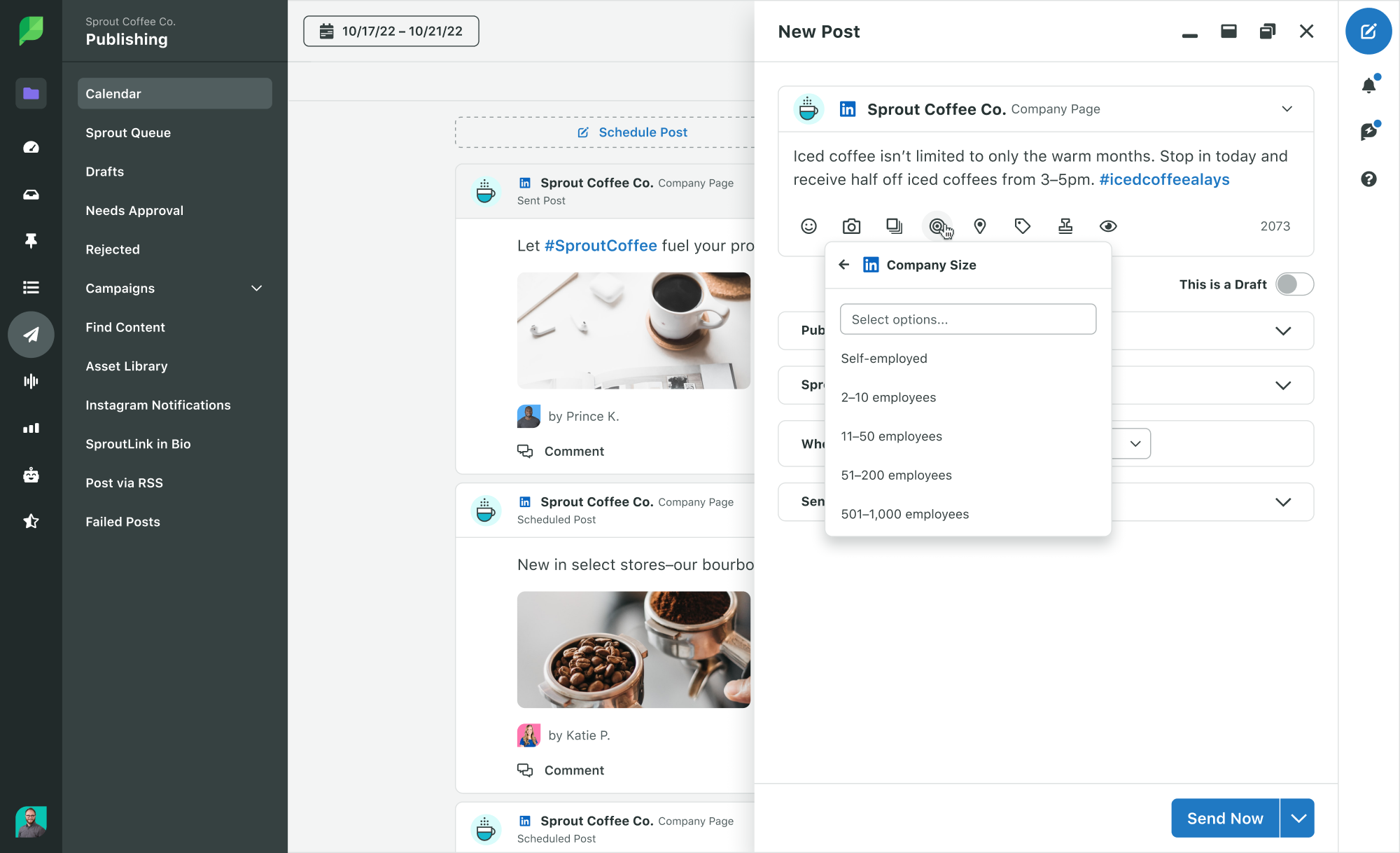Silvia-Maria DIGĂ
Social media marketing tips for every platform

Both new and well-established brands are using social media to grow their following, generate leads and increase sales. Building a brand using social media might feel like a massive undertaking with all of the platforms available to you. But it’s easier than ever to use social media to connect with people and grow your brand organically.
Whether you’re just getting started or have been active on social media platforms for years, there’s always room for improvement. Each platform has different uses.
In this article, we’ll cover social media tips and tricks you can apply that will optimize your marketing strategy. Then we’ll break down the top social media platforms you should be using and give suggestions for making the most out of each one. Learn more about affiliate marketing for small businesses.
- Social media tips for any platform
- Social media tips for Facebook
- Social media tips for Twitter
- Social media tips for Instagram
- Social media tips for LinkedIn
Social media tips for any platform
Create a specific strategy for each social media platform
The same way you prepare other aspects of your marketing plan, you need to have a specific and intentional plan for each platform you use. Each platform has nuances and best practices for generating engagement. Your brand may not need to have a presence on every platform, but for your posts to be targeted, you need to have a strategy that is specific to the platform you’re using.
Make sure you can answer questions like:
- Why am I using this platform?
- Who will reach on this platform?
- What post types work best on this platform?
- How are my posts unique to this platform?
If you have a hard time answering these questions, it might be time to dig deeper into why you’re investing time there. Answering these questions will also help you develop your strategy for that platform.
If you’re just getting started, prioritize the quality of your content over the number of your posts and sites that you use. For most businesses, particularly small businesses, trying to tackle a new strategy on five different social media networks often results in doing a mediocre job with little to no results.
Be consistent
How consistently you post should be specific to each social media site you’re utilizing. Some platforms like Twitter and Instagram Stories require you to be active multiple times per day to get the maximum potential from your audience. Other post types, like regular Instagram Posts and Facebook updates, don’t have as much urgency and can be used less sparingly. When determining your post strategy, look at factors such as how the algorithm works for each platform and whether content posts chronologically or is curated based on other factors.
This ties back in with your social media marketing plan. You should outline:
- How often you plan to publish on each social media platform based on best practices for that platform
- What type of content you plan to post on each platform
- Who is your target audience on each platform

Remember, your followers are likely following hundreds or even thousands of other people. If you’re not publishing new content as often as the other accounts out there, it’s easy to get lost and forgotten.
Focus your messaging
Each platform you use will have it’s own unique demographic. There will be overlap of the people you’re targeting on each platform, but it’s still essential to understand your demographics so you can tailor your message to have the most impact.
Having a focused message will help you create higher quality content that is on brand and resonates with your audience. When you have a solid message that you don’t stray from, you can count on your social media posts to always be relevant to your audience.
Sprout Social has a great social media targeting feature that gives you flexibility on who sees your social media posts. Depending on the network, you can target your posts by location, language, demographics and other criteria.

Let’s say you want to share a post on LinkedIn targeting the finance industry. Your followers who are in IT or the health industry might not find it relevant. Instead of filling their stream with irrelevant content, you can choose to only show that post to people within your network in the finance industry.
Keep an eye on what’s trending
Once you have your key messaging determined, keep an eye on popular trends emerging on each platform. If you notice a pattern or strategy rising in popularity and it aligns with your messaging, then it’s a great idea to capitalize on it to drive engagement.
Be wary of jumping on board every new internet trend you see. Creating posts that don’t align with your overall messaging to appear relevant is a quick way to alienate your target audience. You never need to create a particular type of content just because you see other brands doing it.
This is why it’s so essential to create a focused message that you can use as a baseline against which to measure all of your future social media posts.
One way to have a steady supply of popular content is to create a list of sites in your industry that publish high quality, current content. Add them to an RSS reader like Feedly. Then you’ll have a dashboard full of the latest posts from sites you trust. You’ll also know that you have relevant content you can confidently share with your followers. You can even integrate Feedly within the Sprout Social dashboard!
